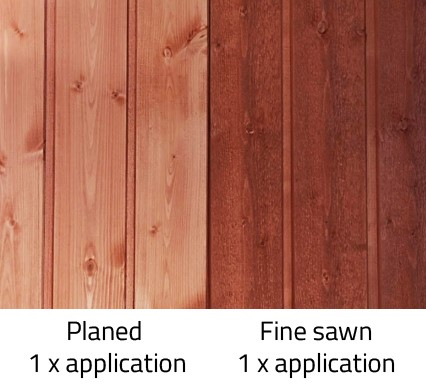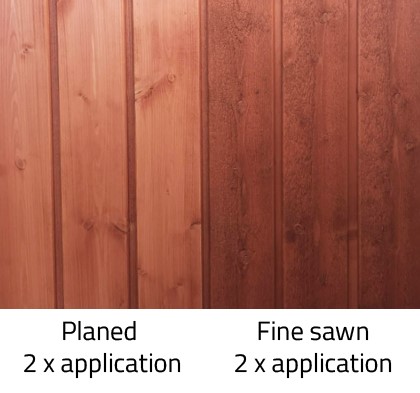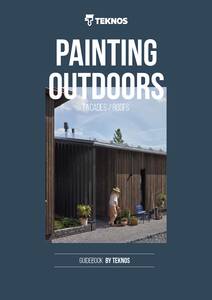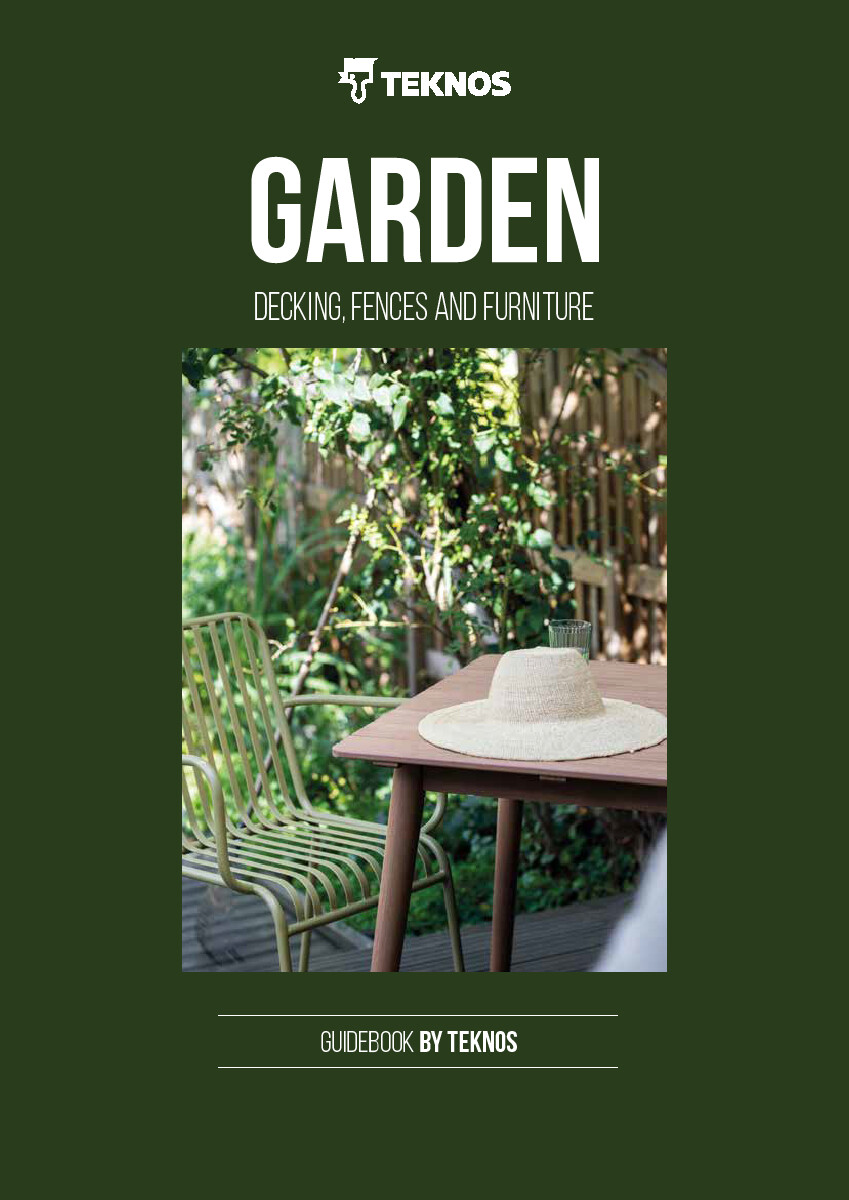Translucent colours
Translucent colours for wooden interior and exterior surfaces.
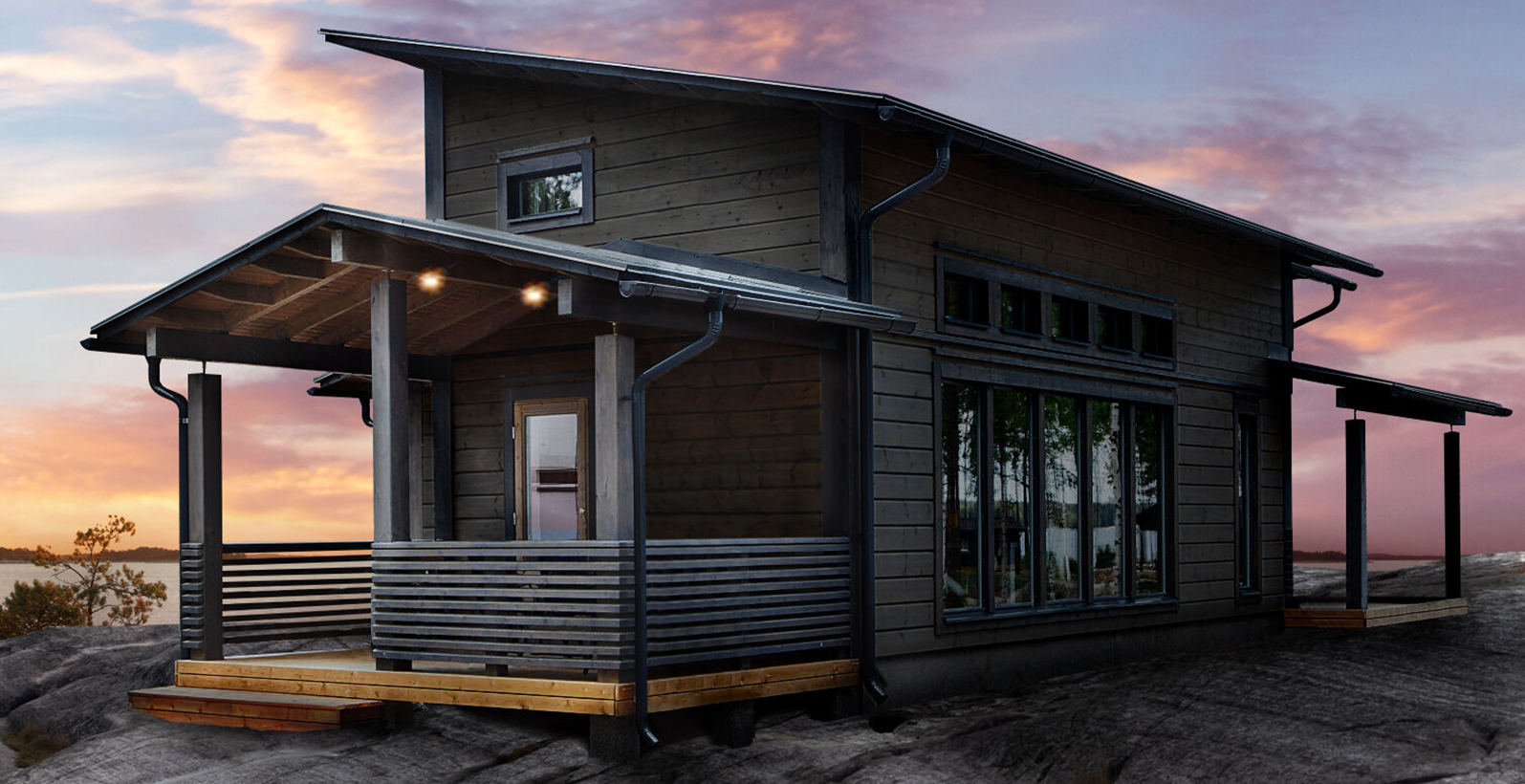
Painting protects wooden surfaces from the weather and reduces the life caused by the moisture variation of the wood and prolongs the life of the wood structure. The WOODEX® series covers a range of durable, water-borne solutions providing translucent coatings for all wooden surfaces outdoors. The series includes suitable products for protecting and finishing all exterior wood surfaces — houses, cottages, log villas, jetties, terraces, fences, and garden furniture.
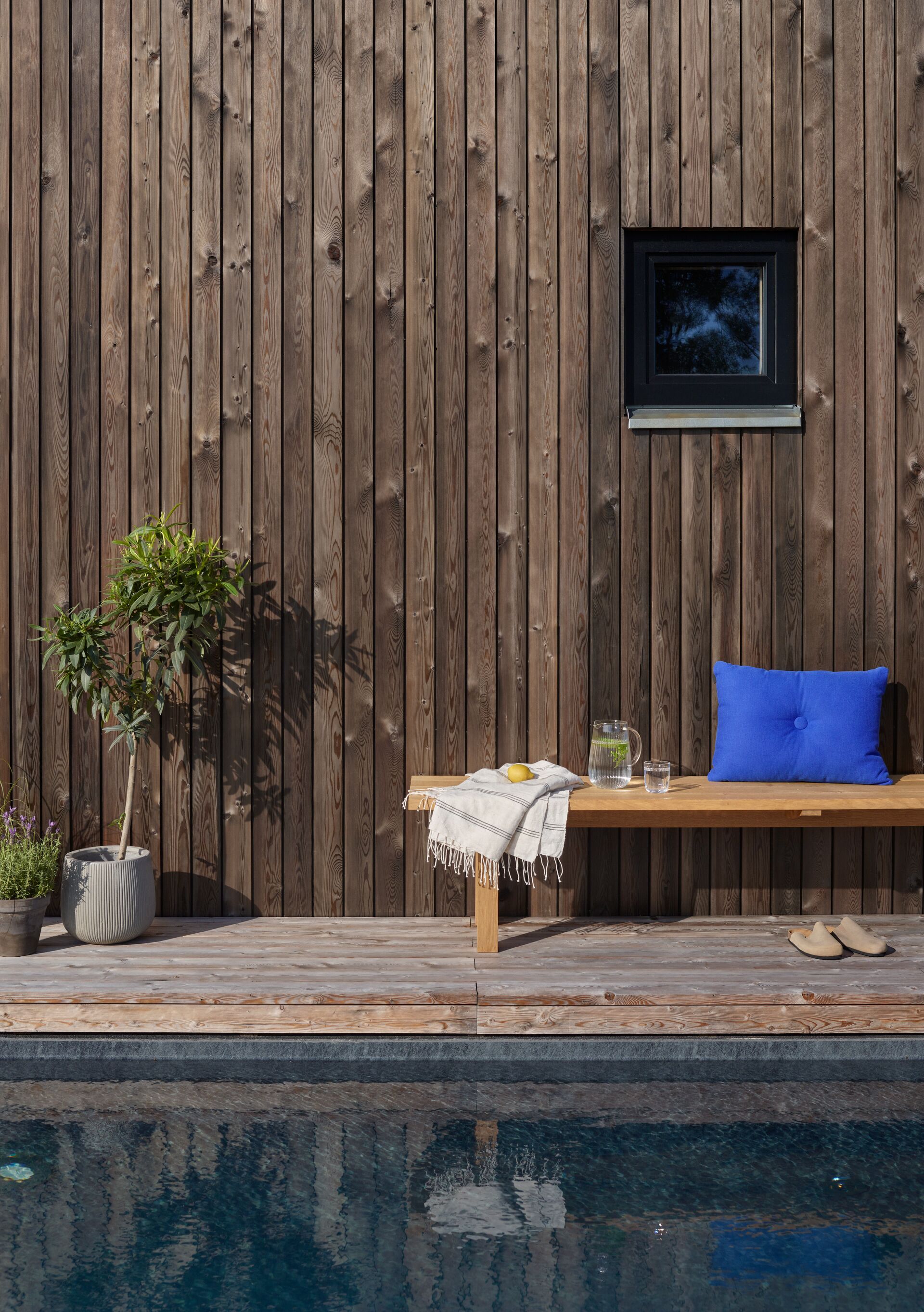
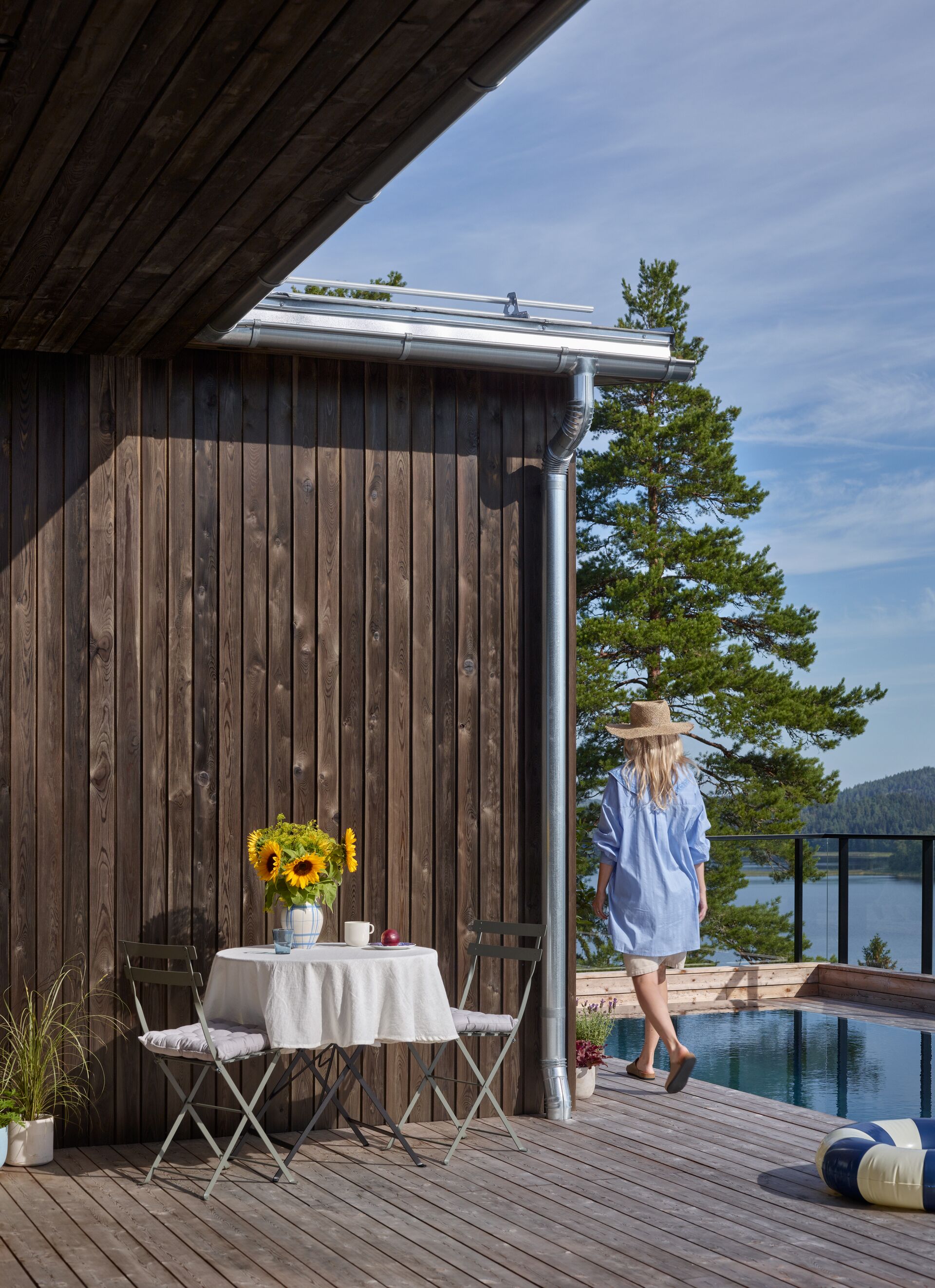
The series includes suitable products for protecting and finishing all exterior wood surfaces
For untreated wood, it is important to prime the surface with priming oil that protects outdoor wooden surfaces from moisture and cracking. With WOODEX AQUA CLASSIC and WOODEX PREMIUM, you will get protection against weather stress and against UV-radiation as well as achieve the desired colour from Translucent colours colour card.
Any translucent finishes that are used outdoors should be tinted. The pigment (that is, the colour particles) stops the UV radiation that attempts to break down the wood's surface cells and the lignin that binds them together. The more colour particles there are the slower the wood's surface ages. In other words, the stronger and more opaque a wood stain's colour is, the better the protection it offers from the sun. A completely colourless wood stain or varnish does not provide any kind of UV protection, and the treated surface will therefore grey as fast as an untreated surface.
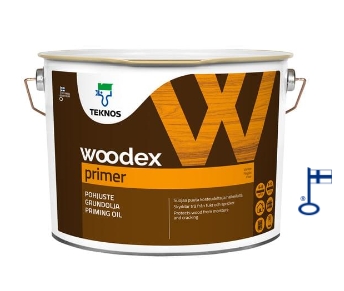
Waterborne, clear priming oil to protect exterior wood from moisture and cracking. Penetrates the wood and enhances adhesion of the topcoat.
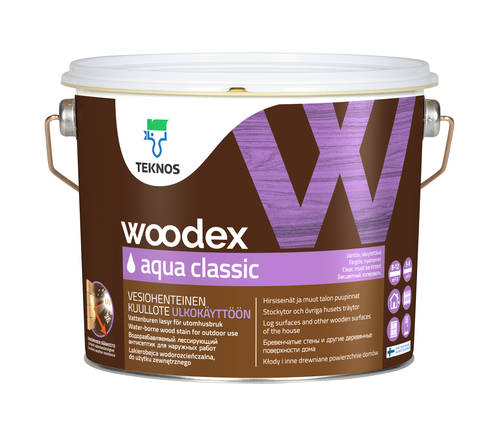
Water-borne, transparent wood stain for wooden facades. Excellent weather resistance and protection against UV rays when tinted. Tintable to Translucent colours.
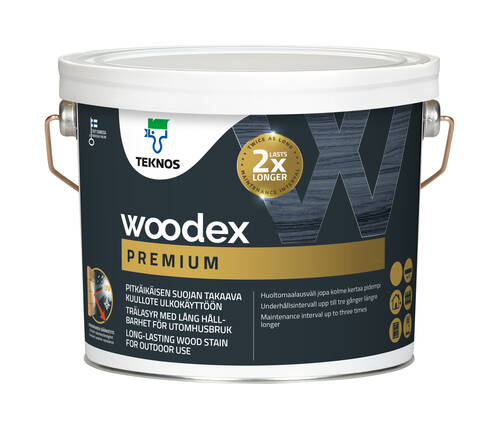
Excellent adhesion and ensures you can enjoy care free living with maintenance periods extended two to three times longer than with conventional wood stains.
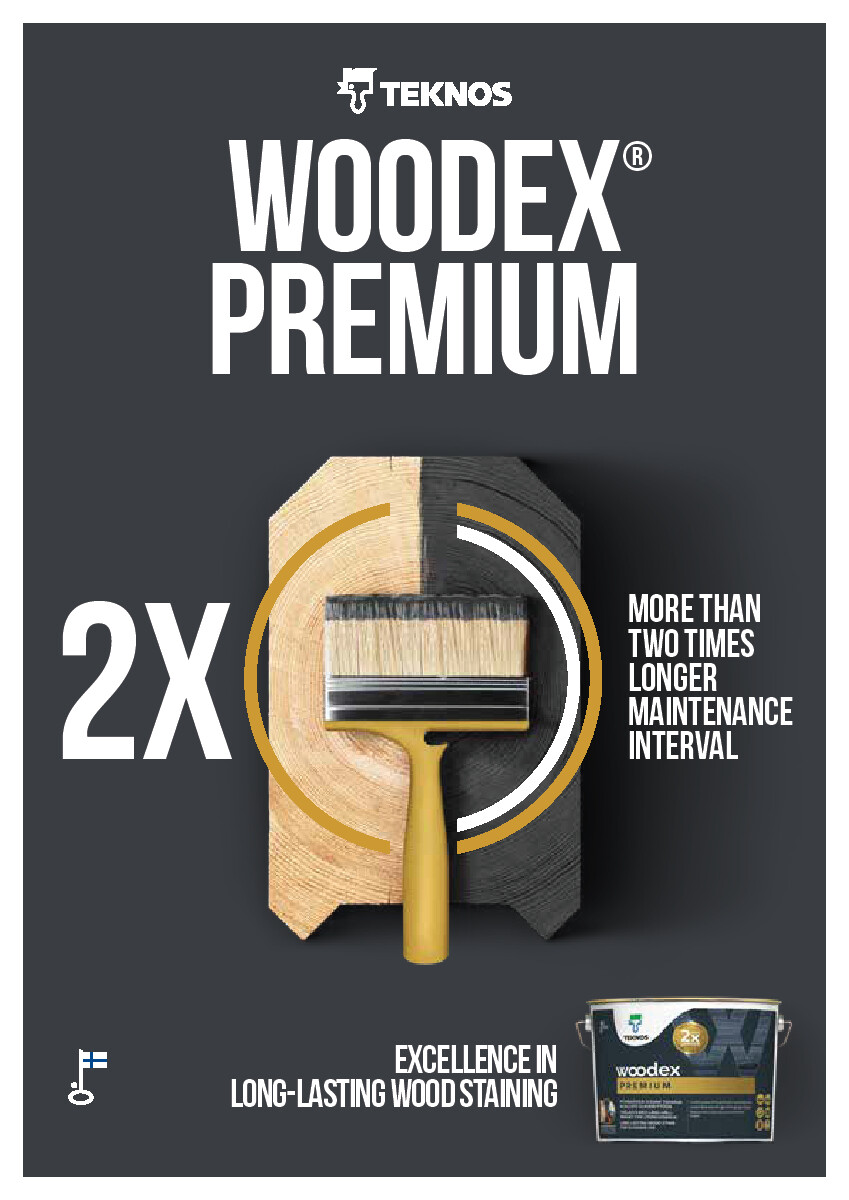
The outdoor decking is constantly exposed to high stress. It is walked on, it gets wet, freezes and is exposed to the sun's UV radiation. The wooden terrace lasts longer and looks representative when it is regularly maintained with wood oil. Wood oil prevents moisture from absorbing into the wood, keeping the wood from cracking. Wood oils can also be tinted to Translucent colours. As tinted, wood oils give better protection against UV radiation.
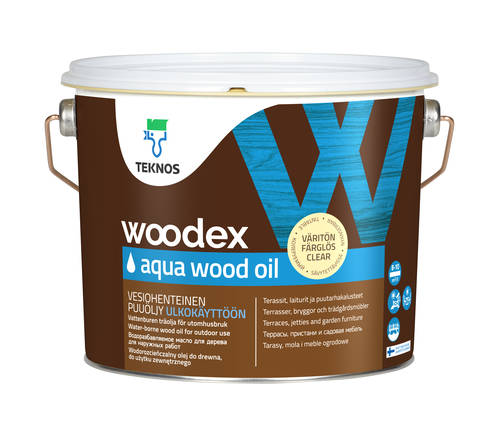
A water-borne wood oil with good absorption properties. Gives durable protection against humidity, dirt, and the sun's UV rays when tinted.
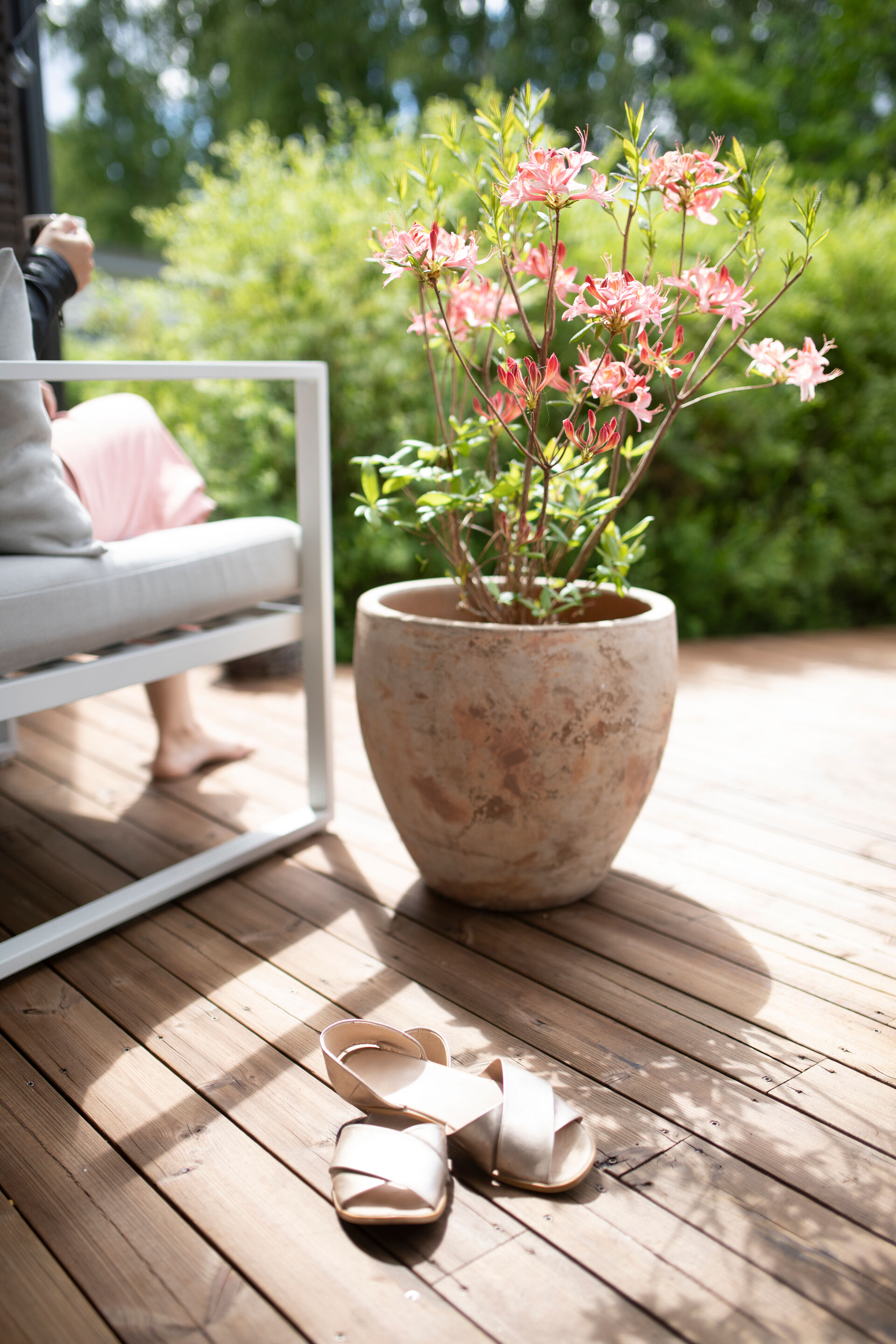
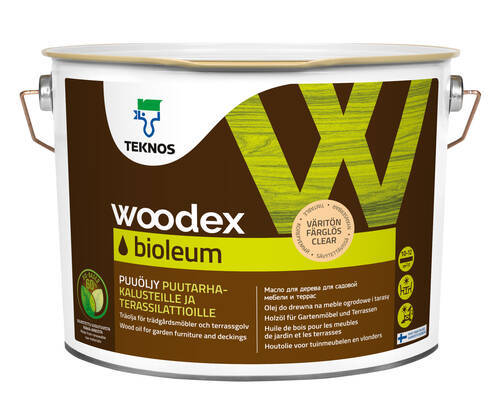
A bio-based, waterborne wood oil for deckings and garden furniture. 60% of the total carbon content is bio-based. Due to the high content of solids, one thin coat is enough.
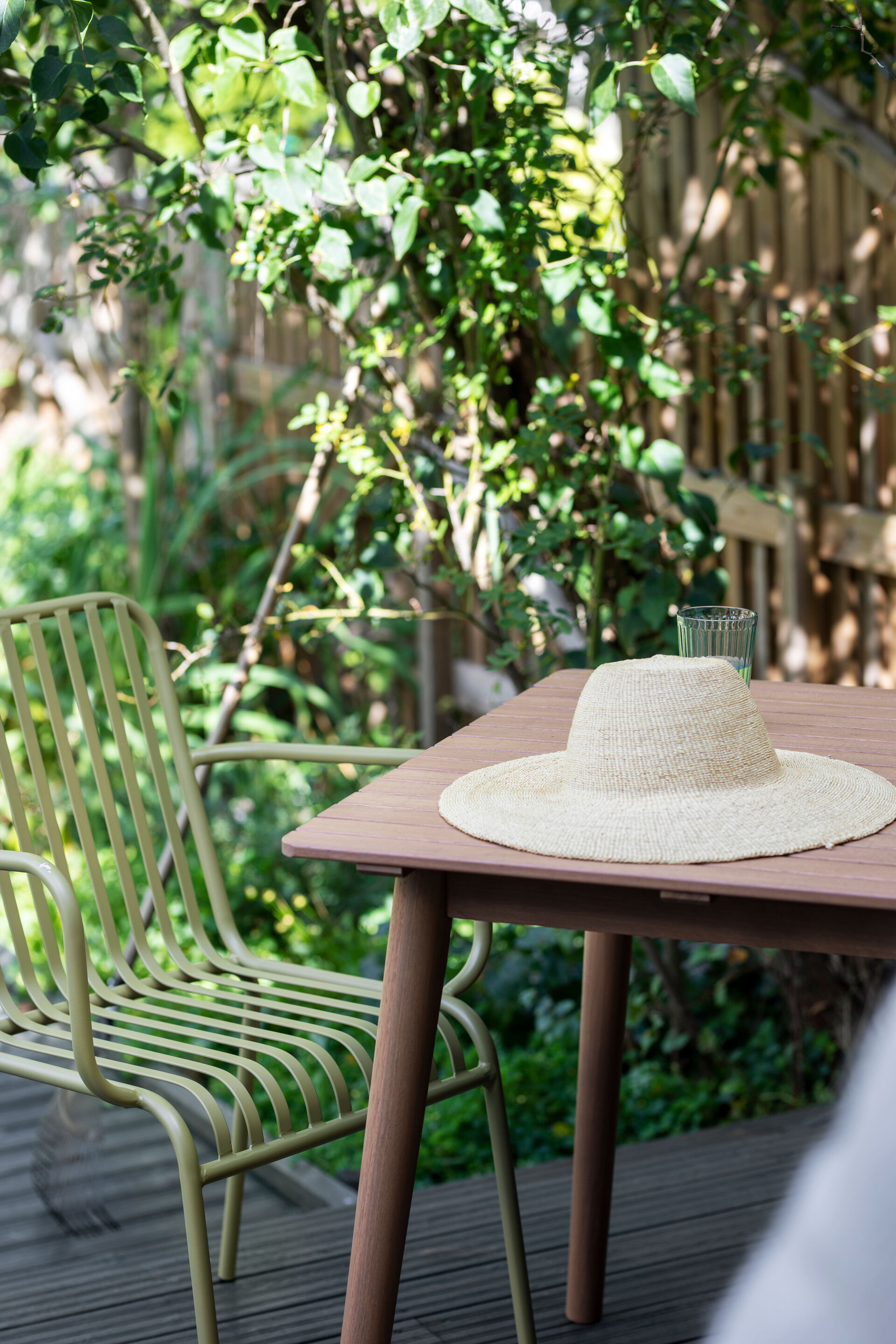
A tinted wood stain gives protection against UV radiation. If there is no pigment, the sun's UV radiation turns the wood grey over the years. The natural grey colour might be something highly desired, but when maintenance painting all the grey, softwood needs to be sanded out until solid wood appears. Choose the colour from the Translucent colours card.
Colour, texture and different types of wood influence the final result. Planed wood appears lighter in colour than sawn wood. If the wood has darkened or yellowed over the years, lighter colours may look a little dirty due to the colour of the substrate.
There is a clear difference between one or two layers. Lighter shades will appear lighter in the final result after the second application, while darker shades will appear darker.
We all have our way of writing, even when it comes to painting. Test painting in the desired colour, in consultation with the designer and the painter, is always the best way to get the desired result.
